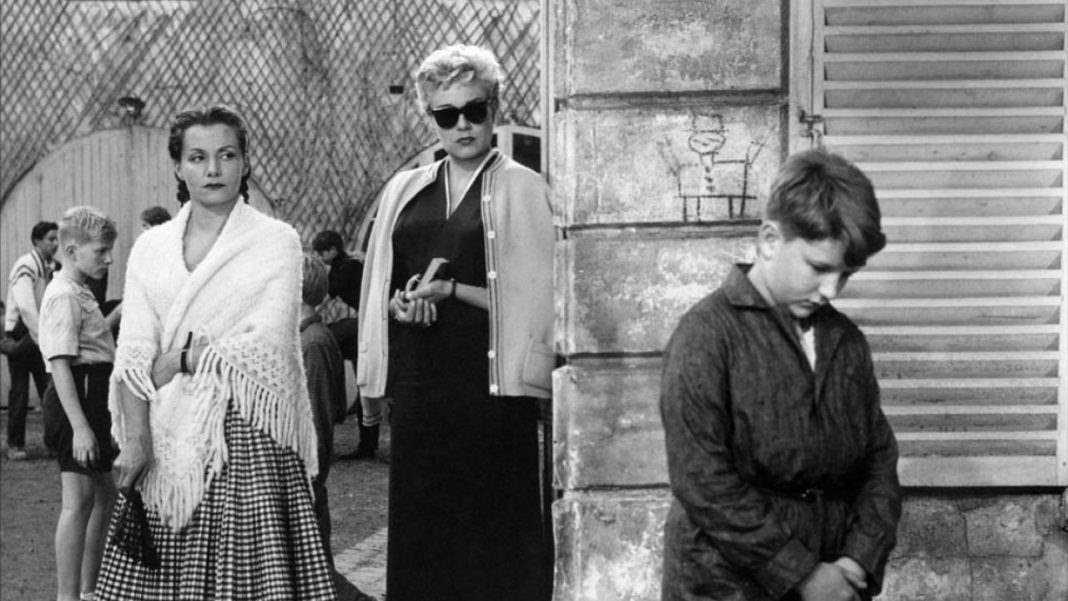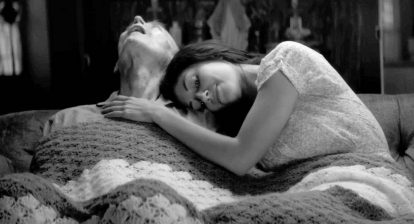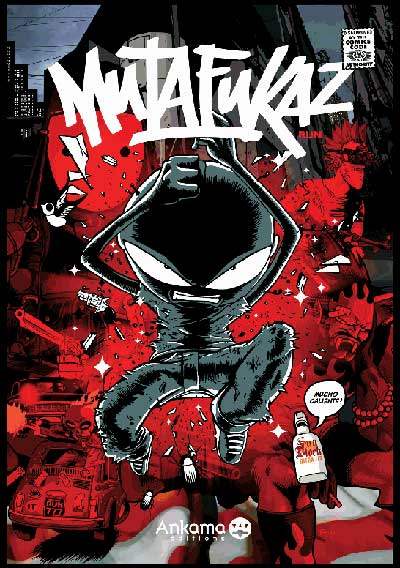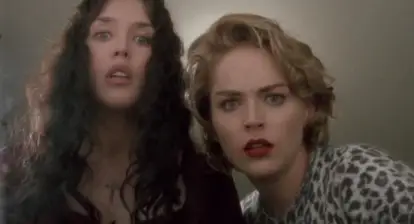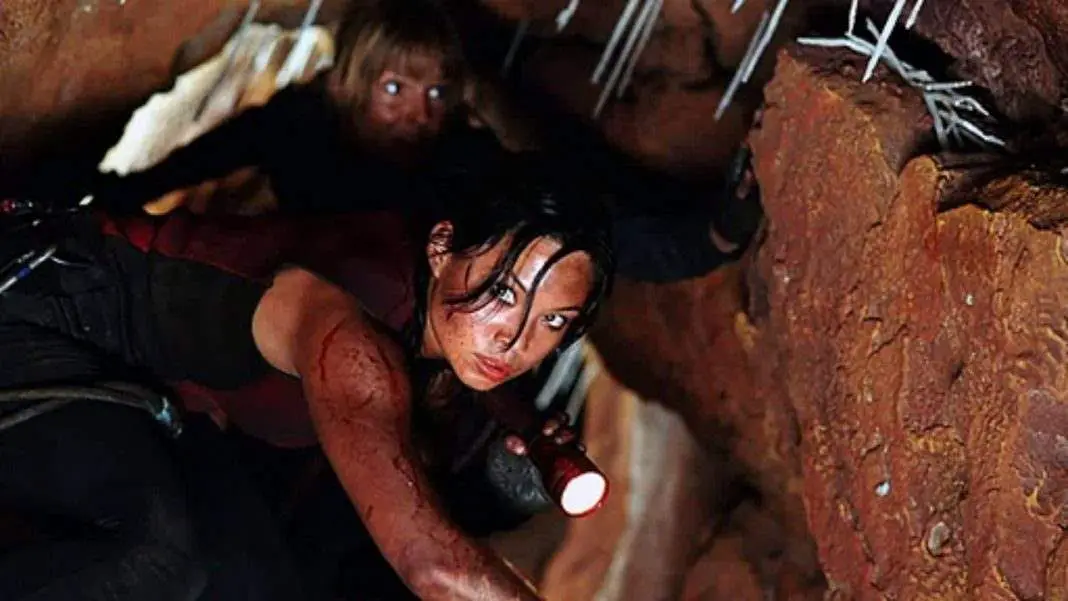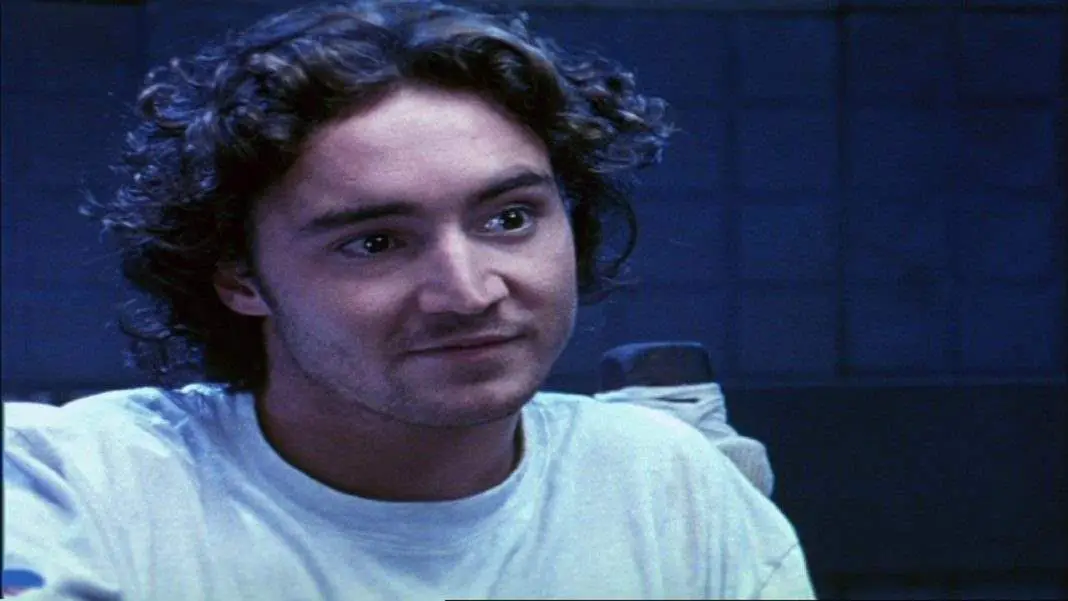Horror movies come in all shapes, sizes, and even colors. As we all eagerly anticipate the next new thing coming in genre film, it’s important that we not forget where it all started. In this series, Michele Eggen takes us back to the classics, and reminds us how effective Horror in Black and White can really be. This week, she spotlight’s the noir film Diabolique.
When it comes to mystery and suspense, movies don’t really get much better than 1955’s Diabolique. A French film from director Henri Clouzot, Diabolique is a master class in storytelling. It continually builds up tension through the whole movie before finally shattering all viewer expectations with its amazing conclusion. The story is simple: Michel Delasselle is a cruel man who runs a boy’s boarding school in France. His wife Christina and his mistress Nicole are both teachers at the school, and are sick of his tyrannical ways and abuse against them. Together, they concoct an elaborate plan to murder him. They do so, and hide his body in the school’s murky pool. But when his corpse disappears and people start claiming that they’ve seen him around, the women begin to realize that something very mysterious has happened.
At just under two hours long, the movie is basically split in half between the setup and commission of the murder in the first hour, and the unraveling of the women’s plan in the second hour. That first hour provides much of the character development. We’re first introduced to Nicole and Christina and the somewhat scandalous relationship that they have–as one character points out, it is quite odd that the wife and the mistress are actually friends. But they do seem to have that bond where they have both suffered at the hands of Michel, so you definitely believe it. Vera Clouzot as Christina is the physical and emotional contrast to Simone Signoret’s Nicole. Christina is dark-haired and petite, and suffers from a serious heart condition that weakens her during stressful moments. Nicole is blonde, of larger stature, and acts as Christina’s rock through their whole ordeal, always looking out for her. Actor Paul Meurisse plays Michel as a man who is completely unapologetic about his cruelty. Again, it’s easy to believe that these women would want to be rid of him, not only for the way he treats them, but also the children at the school.

The girls have the pool drained when Michel’s body doesn’t surface, and that’s when they discover that he is no longer in there. This begins the second half of the movie, and the true mystery starts to unfold. This carefully planned murder, that was supposed to absolve the women of any responsibility, goes completely awry. A retired police commissioner enters the mix to help them, but really only serves to stress Christina out more. Though Michel was arguably deserving of what happened to him, Christina’s moral and religious guilt over what she has done is so strong that it makes her physically ill. And she only gets worse as more impossible plot points keep coming up–the suit Michel was wearing when he died is returned from the dry cleaner; a student claims he saw Michel inside the school; and Michel’s face even appears in a window when they are taking a group photo.
This is why Diabolique is so brilliant. The film is a murder mystery of sorts, but is not presented in the typical “whodunit” way. The audience knows exactly who did it, and essentially commits the murder along with Christina and Nicole. You are present for every step along the way of just how they pull it off–luring him to Nicole’s house, getting him to drink the sedative-laced whiskey, seeing Nicole drown him in the bathtub, riding with the women as they drive his body back to the school, and finally seeing them dump his body into the pool. Being privy to all this information only makes everything that much more confusing for both the two characters and the audience when he disappears. It simply doesn’t make sense. You might be frustrated while watching because you don’t know what’s going on, but at the same time, that is exactly what will keep you engrossed in the movie and keep you watching to finally see the mystery be solved at the end.
Speaking of that ending, it is probably one of the best in cinema history. I only just saw the film for the first time three years ago, and even with all the tricks I’ve seen in other movies over the years, this is one conclusion that I did not see coming at all. What’s interesting is that the filmmakers knew at the time that the ending was going to be such a shock that the final shot is a title card that tells the audience not to reveal to anybody else what they saw, and possibly ruin their experience of watching the film. Because with the way everything is set up, that’s what watching Diabolique for the first time is–it’s an experience and a journey that you go on with the main characters, and you will be so happy that you did because the payoff is absolutely worth it. However, this is also possibly the most frustrating thing about Diabolique. Anyone who sees it will most likely want to talk about that famous surprise, but you can’t because the last thing you want to do is spoil it for somebody else. I know that talking around it for this article was definitely a chore.

Diabolique is a quiet, minimalistic film, but only in the best ways possible. Save for the opening and closing credits, there is no music. It’s not even needed, and probably would have lessened the effectiveness of certain scenes. There is also no real action, and the film relies on dialogue and those strategic plot points to keep the viewer enthralled. Filming it in black and white adds to the minimalistic approach because there is nothing to visually distract you from the story. You are focused only on the acting and what’s being said because all you want to do is solve the mystery. At the same time, you can see how Clouzot was a very meticulous director who knew how to use black and white to his advantage. Especially in the later scenes, the contrast of the darks and lights and the use of shadows really give this film a rich texture and help sell the story. He even uses the actors’ own features to generate truly disturbing images–Michel in the bathtub, with his dark wet hair and white eyes is easily one of the creepiest things you will ever see.
If there is one film that I would recommend to all cinephiles out there who have not yet experienced it, it would be Diabolique. It really is one of the most perfectly crafted films I have ever seen that still sucks me into its mystery every time I watch it. It is a movie that reminds me why I love the movies in the first place and is a stunning example of Horror in Black and White.
